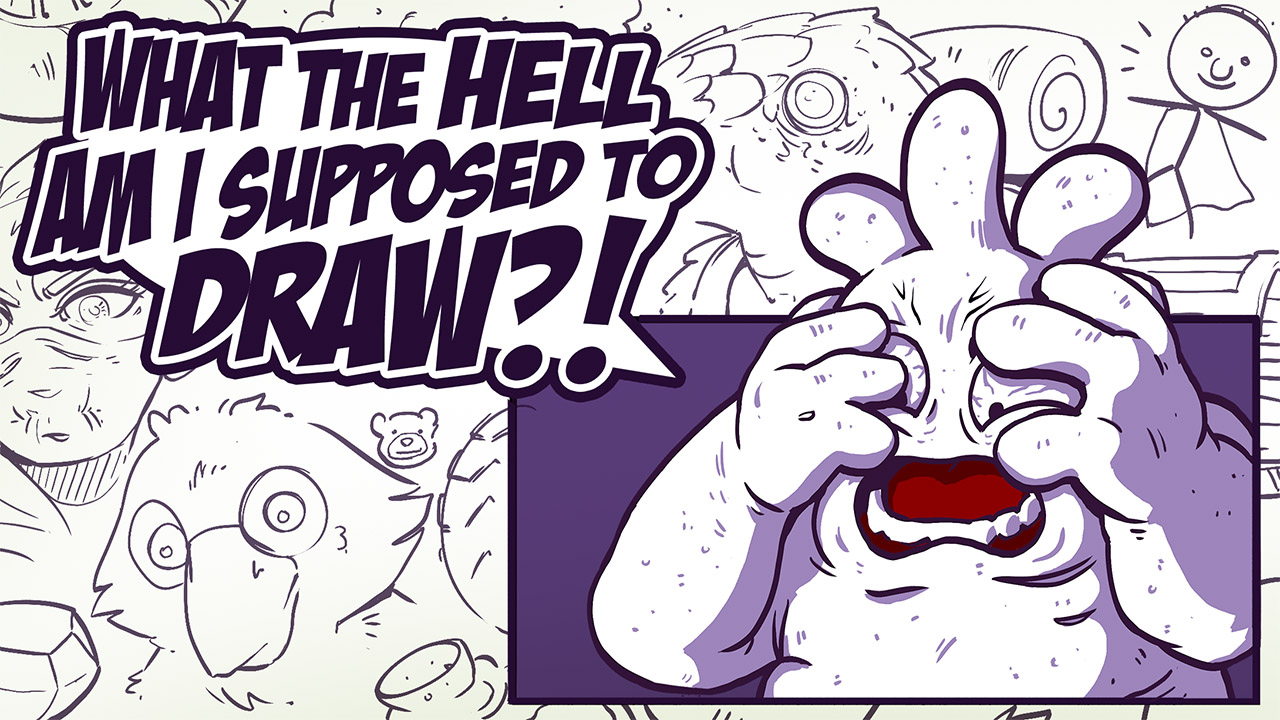12:14 AM, Friday January 29th 2021
(Submitting this again, dunno why the first critique got butchered)
Hello, Bababooey21. Congrats on completing Lesson 3! Here are some of my thoughts:
Arrows: pretty solid, might want to keep the hatching tighter but that's about it, good job.
Leaves: Excellent job, the texture is an extra (although very well made imo) but as far as the flow of the leaves it is properly established and for the most part feels natural.
Branches: A couple of things, at times the ellipses don't feel like they're properly describing how the branch moves through space, particularly the bottom right. You'd also benefit from practicing narrower branches (you could do these as a warm up.)
Plants: Overall pretty solid as far as construction. Though some of the revious points still prevail. At times your ellipses don't accurately describe how the stem moves through space (see plant 4). Other ponits woth noring is that your line confidence can be a bit shaky at times with the leaves, just remember that smoothnes/confidence takes presedence over accuracy. As far as texture goes I'd say you did a pretty solid job though in the future you might want to consider streamlining it a bit and just adding texture to a specific area of focus. (Like uncomfortable does here: https://d15v304a6xpq4b.cloudfront.net/lesson_images/c21d4acb.jpg).
Conclusion: Let me restate that this is a pretty solid submission and you are clear to move forward with lesson 4, here you'll find my suggestions for the future:
-Warm up with tables of ellipses, practice small ellipses (>1 cm)
-Warm up with branches, remember that the ellipses should describe how the form is moving through space (this is a conscious decision you must make.)
Just do these every once in a while as part of your warm up routine.
If you have time, I'd appreciate it if you paid it forward with a review of my submission :)
https://drawabox.com/community/submission/ME81LOTG
Best of luck moving forward!
-Slyx
Next Steps:
Conclusion: Let me restate that this is a pretty solid submission and you are clear to move forward with lesson 4, here you'll find my suggestions for the future:
-Warm up with tables of ellipses, practice small ellipses (>1 cm)
-Warm up with branches, remember that the ellipses should describe how the form is moving through space (this is a conscious decision you must make.)
Just do these every once in a while as part of your warm up routine.
If you have time, I'd appreciate it if you paid it forward with a review of my submission :)
https://drawabox.com/community/submission/ME81LOTG
Best of luck moving forward!
-Slyx






















